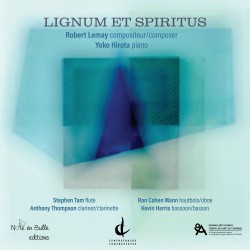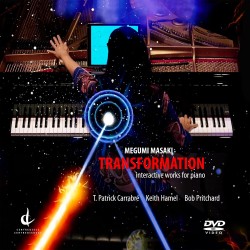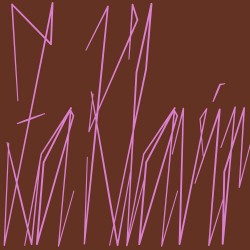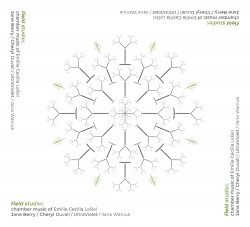Paul Frehner: Sometimes the Devil Plays Fate - Mary Beth Nelson; Dominic Desautels; Hamilton Philharmonic Orchestra; Gemma New
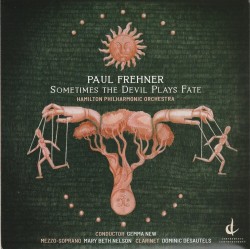 Paul Frehner – Sometimes the Devil Plays Fate
Paul Frehner – Sometimes the Devil Plays Fate
Mary Beth Nelson; Dominic Desautels; Hamilton Philharmonic Orchestra; Gemma New
Centrediscs CMCCD 31423 (cmccanada.org/product-category/recordings/centrediscs)
This release features a fine ensemble of musicians from the Hamilton Philharmonic under the superb leadership of Gemma New, with mezzo-soprano May Beth Nelson singing the title track. The chamber ensemble comprises string and woodwind quintets, plus trumpet, trombone, percussion, keyboards and harp. The undertaking was accomplished in the impossibly short timeframe of two days last September, a fact all the more astonishing given that New was rehearsing Saint-Saëns’ Organ Symphony with the Toronto Symphony Orchestra during the same week.
Poems by Dane Swan provide text for Sometimes the Devil Plays Fate (which is a line from one of the two: Epitaph 8; Eclipse), along with an excerpt of a poem by Charles Mingus (also called Eclipse). Frehner shows a subtle appreciation for the themes expressed, repeating sections and giving them different musical treatments. The ensemble provides a commentary behind the incantation, sometimes syllabic, sometimes lyric. Nelson’s mezzo colour is perfectly suited to the dark material. Sometimes the balance is off, to the detriment of depth of sonic field. Recording this complex music under these time constraints might be to blame. Regardless, Frehner is a skilled orchestrator and knows exactly how to set players and voice in complementing strengths.
Voluptuous Panic is the intriguing title of the work filling the final two tracks: Escape Velocity and Saltarello – Proxima Centauri; Frehner captures vertiginous sensation, often employing a “circus band” aesthetic. The middle cut is a piece I know and love: Cloak; Concerto for Clarinet and Ensemble (2016, revised 2022). Soloist Dominic Desautels gives a hyper-dramatic reading of the piece. The revisions work well, making me want another shot at it myself.*
Editor’s note: Max Christie was the soloist in the premiere of Cloak with the New Music Concerts ensemble under Robert Aitken at Betty Oliphant Theatre in December, 2017.


